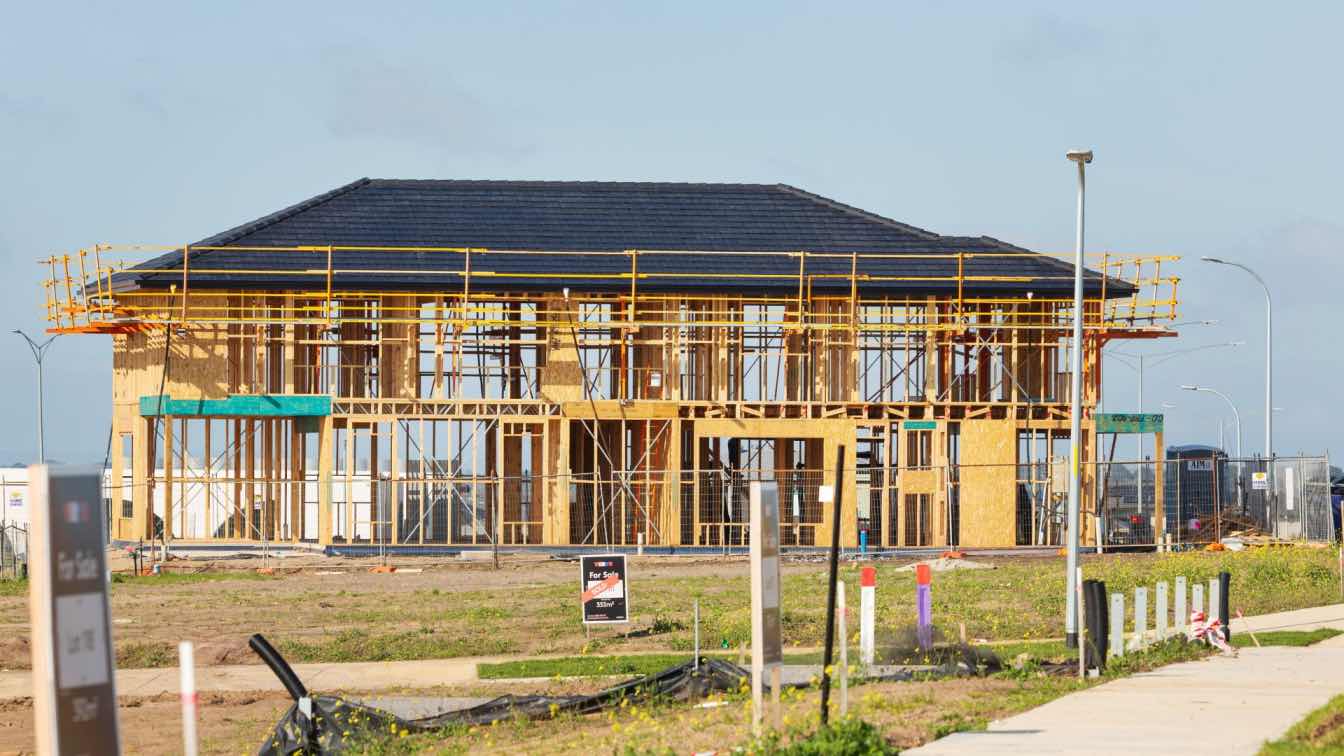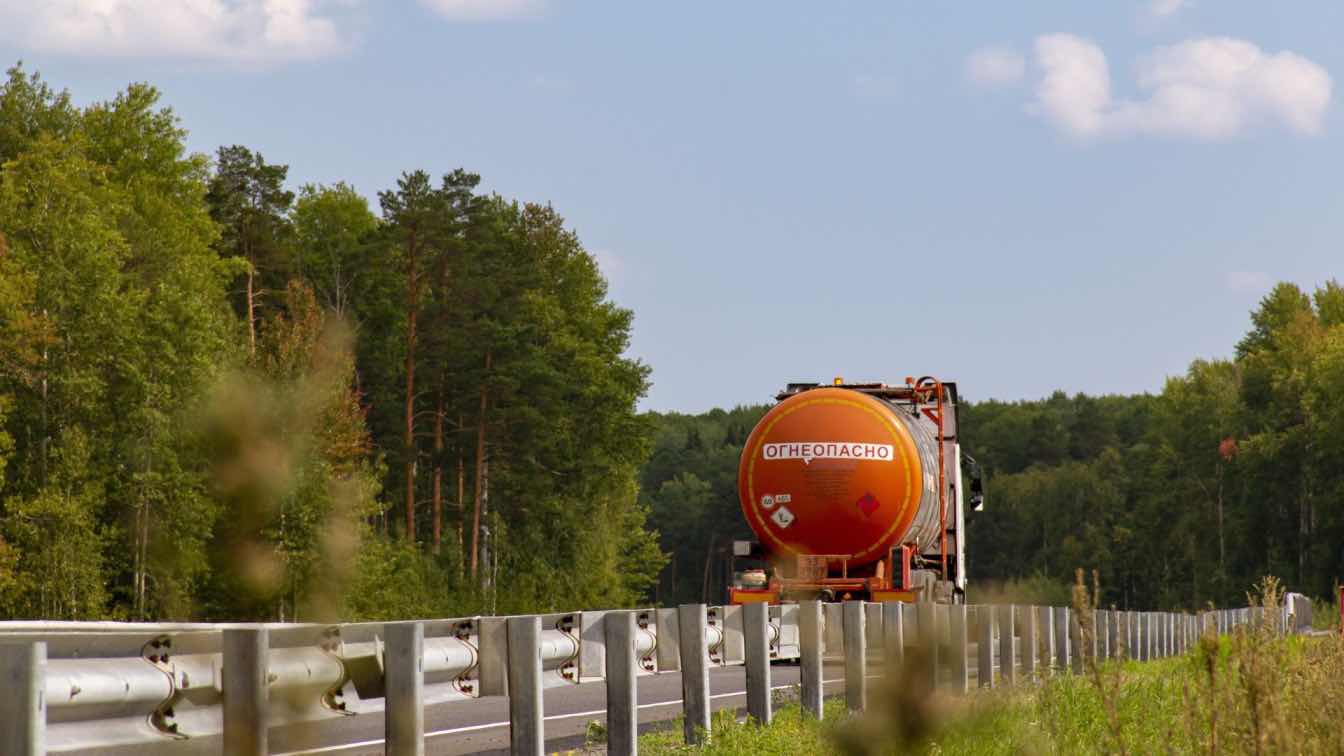In a world where time is equivalent to currency, maximizing efficiency is the cornerstone of a successful construction business. Where the rough and tumble world of construction meets brainy blueprints, remarkable transformations occur; literally, as teams of builders, architects, and engineers band together to forge breathtaking realities from scratch. The industry's competitive nature demands the delivery of projects on time, within budget, and according to specifications. Imagine construction sites where every task, every machine, and every team member is working in perfect harmony – we'll show you how to make that a reality with these ten battle-tested strategies. By pinning down a solid plan, fitting the right tech into the mix, and tweaking resources to perfection, construction companies can set themselves up for a workflow that's both efficient and gold-standard quality.
Thorough Planning and Preparation
Detailed project planning is the first and most crucial step towards efficiency in construction. From the get-go, we outline clear-cut project goals, checkboxes for milestones, a budget that adds up, and a roadmap with hard deadlines. Setting this foundation equalizes expectations across the board, forging a cohesive journey that flows smoothly from kickoff to wrap-up, and keeps everyone rowing in tandem.
How Early Preparation Can Mitigate Potential Problems
Early preparation allows project managers to foresee potential issues that could disrupt the construction process. Managers who proactively zero in on potential pain points can pre-empt cost drains and wasted resources. With facts gathered from rigorous risk assessments, feasibility studies, and on-site investigations, they'll fortify their game plans against foreseeable (and unforeseeable) setbacks.
Role of Contingency Plans
Despite meticulous planning, unforeseen circumstances can still cause setbacks. Think of contingency plans as your financial safety net - they lay out alternative paths to take and stash away extra resources, just in case the unexpected happens. No one likes surprises, especially when they cause delays. But with a solid plan, you can soak up the shock and keep your project on track, even when the unexpected happens.
Technology and Automation
Today's construction landscape is buzzing with advanced tech, from sleek 3D printing gadgets to zooming drones and savvy autonomous vehicles – the integration of BIM adding an extra layer of finesse to the mix. Imagine being able to wrap up projects ahead of schedule and with total precision - that's the promise of these cutting-edge advancements.
Examples of Automation Tools and Equipment
Automation in construction can take many forms, such as robotic total stations for precise measurements, unmanned aerial vehicles (UAVs) for site surveys, and automated guided vehicles (AGVs) for material transport. As they whisk manual intervention off the stage, these tools let you skip the waiting game, zip through processes, and practically eliminate blunders, saving you time and resources.
Efficiency gets a major boost when you deploy these technologies – projects unfold without a hitch, team members stay connected around the clock, and quality control remains razor-sharp. With technology lending a hand, busy professionals can finally shift their attention to high-stakes projects that demand their unique skill set.
Efficient Resource Allocation
Effective resource management calls for a strategic approach to allocating labor, equipment, and materials. Site efficiency soars when you synchronize your resource usage and minimize machine downtime - it's a winning combination.
Techniques for Optimizing Equipment and Material Usage
Just-in-time (JIT) delivery systems and inventory management software help ensure that resources are available when needed and not before, thereby reducing waste and storage costs. Thanks to rigorous maintenance scheduling, you can bid farewell to unexpected equipment failures and the frantic scramble that follows, and hello to uninterrupted productivity.
Importance of Timely Resource Procurement
Timely procurement ensures that resources arrive when necessary, preventing work interruptions. Supply chain management isn't a solo act; it demands collaboration with suppliers and quick thinking to keep things moving. When any link in the chain falters, everyone else feels the ripple effect.
Adopting Lean Construction Principles
Lean construction draws from the lean manufacturing principles, emphasizing the minimization of waste — whether it's in materials, time, or effort — and maximizing value. By laser-focusing on tweaking its procedures, it accomplishes more with less, in a constant quest for operational savvy.
With Lean principles, the quest for elimination of waste gets a huge boost, and efficiency soars.
Waste not, want not - that's the philosophy behind lean construction. By streamlining your workflow and cutting out the fluff, you can achieve impressive cost savings and get your project back on track. It brings about a culture shift, where team members feel comfortable speaking up and resolving issues early on, reducing frustration.
Case Studies or Examples
Real-world examples, like the adoption of prefabrication and modular construction techniques, demonstrate the effectiveness of lean principles in reducing waste. Consider the domino effect of speeding up your construction project. Fewer delays, lower costs, and a better bottom line - it all becomes possible when you adopt these efficient building methods.
Effective Communication and Collaboration
Communication is the lifeblood of any construction project. Picture this: dozens of experts working in perfect harmony, thanks to innovative software that synchronizes every aspect of construction, from blueprints to build sites. With chat functions, document sharing, and real-time updates at their fingertips, team members can focus on what matters most - getting the job done.
Problem-solving becomes a whole lot easier when teams unite. Instead of going solo, collaborative efforts merge diverse perspectives, expertise, and approaches, giving birth to innovations that truly make a difference.
When people put their heads together, they can squash problems in record time and stumble upon genius ideas nobody thought of before. Whenever teams join forces, they create a synergy that fosters creative problem-solving and sparks innovations in processes.
Impact of Communication on Project Timelines and Quality
Effective communication contributes to adherence to project timelines and standard quality. Precise directions and rapid check-ins keep us on track, allowing us to diagnose and fix any slip-ups fast, so our schedule and results stay intact.
Skilled Workforce Management
A skilled workforce is indispensable for achieving maximal efficiency. It's a fact: upskilling and reskilling are the keys to unlocking peak performance. By staying current, workers unlock their full potential, producing higher-quality work and driving productivity forward.
Strategies for Maintaining a Motivated and Skilled Workforce
Keeping the workforce motivated involves offering competitive compensation, growth opportunities, and a safe working environment. Focus on keeping your best people, and you'll ironically find yourself building a workplace where incredible things happen naturally.
Role of Leadership in Workforce Efficiency
Effective leadership provides direction and inspiration. Leaders cement their team's success by personally embodying the qualities they expect from others – and as they model discipline and dedication, the entire team falls in line.
Utilizing Construction Management Software
Construction management software features range from scheduling and resource management to budgeting and quality control. With these tools, you can corral all project elements into one streamlined system.
Picture this: all your project management tools working in perfect harmony, thanks to seamless integration that boosts efficiency and saves time.
Consolidating software solutions can bring a process overhaul, chewing up wasted resources and granting 24/7 visibility into what's working and what's not. With this, managers can see the project from all angles, then make the right moves with confidence.
Say goodbye to project chaos: software steps in to centralize tracking, fine-tune schedules, and create razor-sharp reports that give teams clarity and control.
A professional construction software like Premier can boost productivity by optimizing data and reporting capabilities. With automated tracking and reporting in place, you can rest easy knowing that project progress and budget adherence are under constant control, preventing costly deviations.
Emphasizing Safety and Health Practices
Safety is not only a legal obligation but also a moral one. It's a domino effect: accidents lead to downtime, which leads to increased costs. A safe work environment stops this chain reaction in its tracks. A safety-focused site is inherently more efficient.
Strategies for Implementing Effective Safety Programs
Developing and enforcing comprehensive safety programs, regular training, and the use of personal protective equipment (PPE) are crucial. Jumping ahead of potential problems by pinpointing hazards and weighing risks can mean the difference between safety and disaster.
Relationship Between Worker Health, Morale, and Productivity
Healthy workers are more productive, and high morale often correlates with enhanced efficiency. If you want to see your employees thrive, focus on creating a workplace culture that values their well-being and provides them with the support they need to succeed - the result will be a more efficient and productive team.
Sustainable Construction Tactics
As you settle into a sustainable rhythm, you'll notice a welcome shift in your organization's performance. By working with, not against, the environment, you'll yield real efficiency gains that keep on giving. The upside to implementing these practices is two-fold: lower operational costs and a significant increase in your building's value – a win-win situation.
Examples of Sustainable Construction Materials and Methods
Using renewable materials, embracing energy-efficient designs, and conserving water through smart systems exemplify sustainability in construction. Environmentally responsible business practices kill two birds with one stone: they reduce a company's carbon footprint and attract customers who share the same values.
Benefits of Green Building Certifications
Green building certifications like LEED or BREEAM serve as benchmarks for sustainability and efficiency. Market impact and revenue take a leap forward when projects utilize these frameworks to track and drive success.
Continuous Improvement and Feedback Integration
Continuous improvement is achieved through reflection and learning. The moment a project is finished, it's time to roll up our sleeves and dig in, finding out what fired on all cylinders and what slowed us down, so we can craft an even stronger strategy for the next project on deck.
Methods for Integrating Feedback into Future Projects
Collecting feedback from all stakeholders and incorporating it into planning and execution phases guarantees that each project builds on the lessons from the previous one.
Role of Industry Benchmarks and Standards in Setting Performance Goals
Industry benchmarks and standards provide targets for companies to aspire to. By fixating on these goals, companies organically develop a culture of innovation, naturally identifying opportunities to fine-tune operations and squeeze out every last bit of efficiency.
Conclusion
High-tech meets old-school hard work on construction sites that hum with maximum efficiency. It takes team leaders who geek out over strategy, aren't afraid to replace rusted cranes with robots, and coax the best from their crews every single day. Construction companies intent on making their mark don't just talk about building excellence – they bring it to life by staking their claim on principles that propel them forward, stabilize their finances, and culminate in singularly impressive projects that redefine the industry. When we mix and match these innovative approaches, something remarkable happens: the construction landscape shifts, and we're left with a much smarter, more agile, and downright more impressive industry.





